May 20, 2024 | 00:13 GMT +7
May 20, 2024 | 00:13 GMT +7
Hotline: 0913.378.918
May 20, 2024 | 00:13 GMT +7
Hotline: 0913.378.918
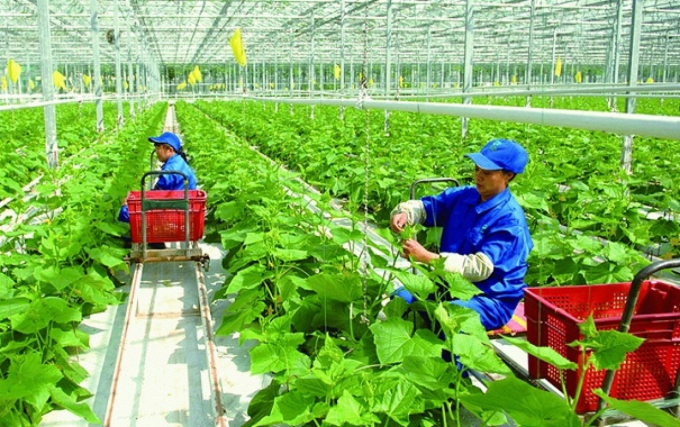
Research, transfer and application of science and technology have become mandatory requirements for the agricultural sector.
Science and technology research, transfer, and application in agriculture in recent years has been promoted and has brought into play its effects in transforming agriculture structure, increasing added value, and developing sustainable agriculture, contributing to promoting socio-economic development in general.
However, according to Dr. Nguyen Thi Minh Hien, Faculty of Economics and Rural Development, Vietnam National University of Agriculture, the current system of institutions and policies promoting research and application of science and technology in agriculture is revealing many limitations and inadequacies, especially in the vibrant wave of digitalization.
Dr. Hien believes that there is a need to have innovative and creative solutions in institutional building, focusing on renovating the organization of the state management apparatus for science and technology research and application in agriculture; improving the science and technology research system and increasing the participation of the private sector in research; increase and allocate financial resources to aid science and technology research and application.
It is also deemed essential to renovate the forming mechanism for research programs, theses and research tasks, the selection mechanism of individuals and organizations to implement the thesis, the financial and accounting management mechanism in project implementation, and the thesis acceptance, assessment and conclusion mechanism.
Disclosure methods, data banks of research results, and intellectual property issues require more attention for better changes to occur. This fact also stays true when it comes to the transfer and replication mechanism of scientific and technological research achievements.
"In the current context, we need to determine the content as well as specific directions and criteria for new aspects to be able to effectively take advantage of science and technology. This is considered a very important breakthrough for the development of the agriculture sector," said Prof. Nguyen Quang Thuan, Full-time Vice Chairman, Central Theoretical Council of the Communist Party of Vietnam.
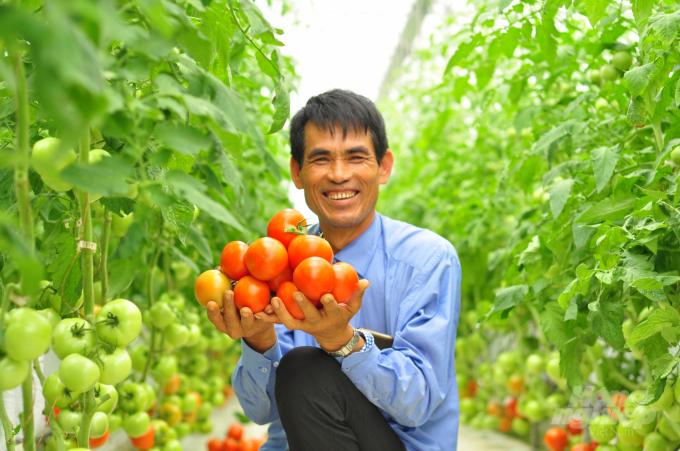
Science and technology are considered very important breakthroughs for the development of the agriculture sector. Photo: Minh Hau.
Since the implementation of the agricultural development program, the application of high technologies such as biotechnology and new material technology has been applied in production, making crop and livestock productivity increase significantly, contributing to creating jobs, eliminating hunger and reducing poverty for farmers.
However, Dr. Nguyen Phuong Le, Faculty of Economics and Rural Development, Vietnam National University of Agriculture, said that present policies grant more favor to large-scale production facilities such as enterprises, cooperatives, and cooperative unions than smallholder farmers. Farmers seem to receive limited support from agricultural development policies in terms of high technology application.
Documents issued by the Government and the Ministry of Agriculture and Rural Development have not had specific and unified conceptions and criteria regarding high technology in agriculture.
One thing to note is that there is a common mindset that the beneficiaries of advanced technologies, such as biotechnology, automation, new materials, mechanical engineering, are businesses or cooperatives instead of small farm households. The majority of land policies have their attention on building high-tech agroproduction in some areas and regions.
Very few high-tech technologies are designed to be applied on small household scale. Investment in facilities to apply high technology in agriculture requires massive funding, so many technologies are not suitable for the production scale and investment capacity of households.
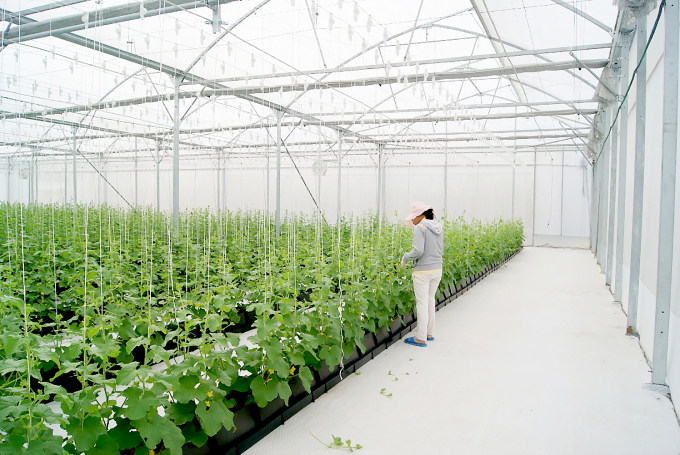
Farmers seem to receive limited support from agricultural development policies in terms of high technology application.
Although the Government and ministries have issued many policies concerning credit for agricultural and rural development in general and credit for high-tech agricultural development in particular, the regulations and procedures are too cumbersome. The complex evaluation and classification of hi-tech agricultural projects based on qualitative and quantitative criteria make it difficult for producers especially small farm households to gain access to this capital source.
Despite being a key subject in the development of high-tech agriculture, agricultural human resources are currently lacking in quantity and weak in quality.
Agricultural human resources account for more than 40% of the whole society's labor, but only 7.93% have undergone professional and technical training, of which 3.58% have been trained but do not have degrees or certificates; 1.87% achieved primary vocational training level; 1.24% achieved intermediate and vocational intermediate level; 0.69% are at college and vocational colleges level; 0.46% belong to university level or higher.
Low qualifications result in most laborers in unable to master advanced technologies, limiting the access and application of modern science and technology into agroproduction.
Translated by Samuel Pham
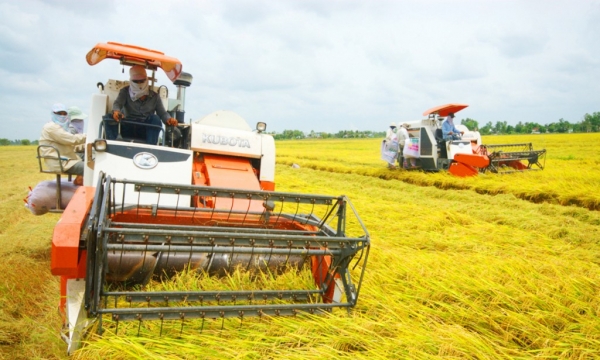
(VAN) The Multi-phase Approach (MPA) program aims to encourage client countries to invest in low-emission rice production.
/2024/05/15/1131-2-090733_559.jpg)
(VAN) The Vietnam Trade Office in Sweden said that the Northern European market has just added a number of regulations for imported cashew nuts.
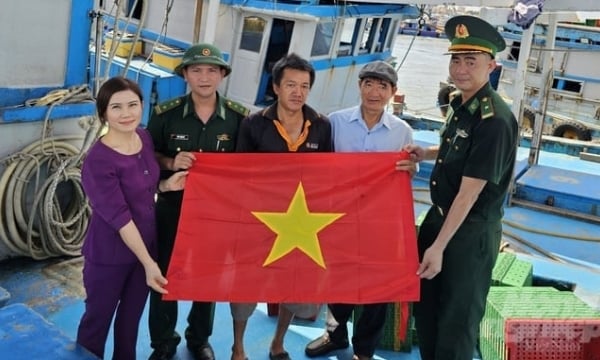
(VAN) That is the decisive directive of the Chairman of the People's Committee of Vung Tau City in preventing IUU fishing violations in the locality.
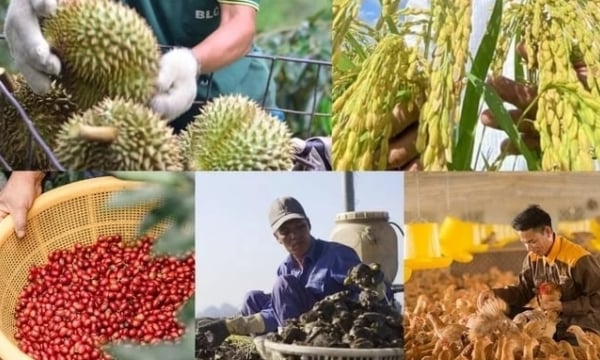
(VAN) The Government requestes ministries, departments and localities create favorable conditions, encourage farmers and agriculturists to study and increase their specialized levels.
/2024/05/12/1930-2-141548_348.jpg)
(VAN) Deputy Prime Minister Tran Luu Quang raised nine tasks and solutions for forces to prevent and overcome the consequences of natural disasters in the coming period at a conference on May 10.
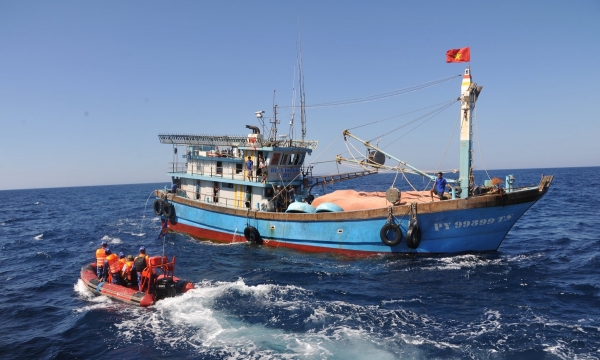
(VAN) The vission by 2050 is set on the Aquatic Resource Protection and Exploitation Planning in the period of 2021-2030, vision to 2050.
/2024/05/10/2117-1-230539_370.jpg)
(VAN) Households assigned sea surface must make the conversion from foam buoys to HDPE floating material. Any household that does not guarantee this will withdraw the decision to assign sea areas.